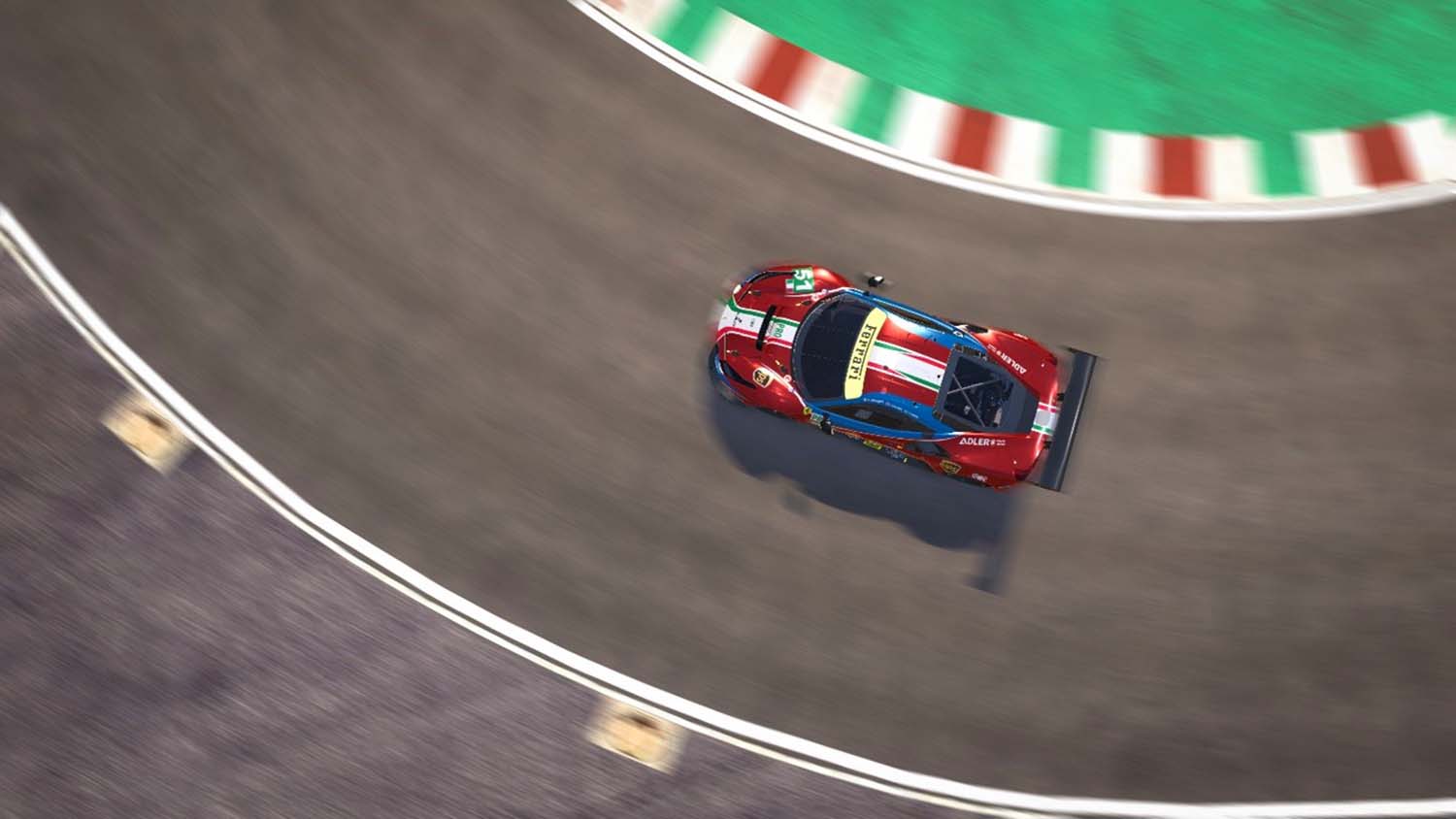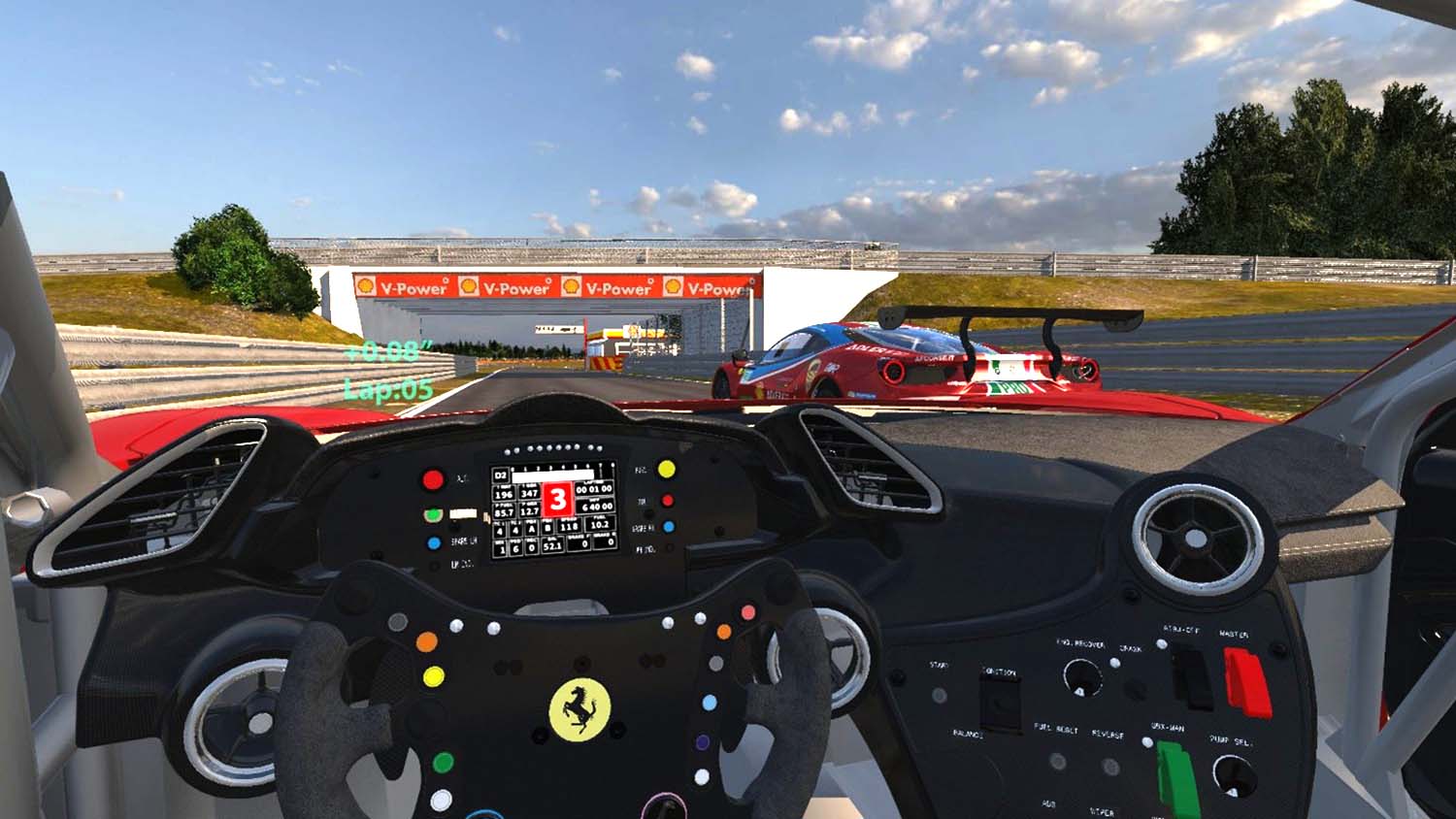A Ferrari heads-up display (HUD) concept for use in elite racing has been developed between the prancing horse and Ansys‘ engineering simulation team for the Ferrari 488 GTE grand tourer racing car.
The Ferrari Competizioni GT team is aiming to speed up the relay of information – from race managers to drivers – with the aim of projecting important data onto the windshield so the driver can view information while looking straight ahead and without the need to take their eyes off the road.
Despite advances in racing technology, drivers still receive information on the race – such as car positions, any obstacles ahead, and crashes – via radio messages from their teams in the control centre. This can be a slow and inefficient method, complicated by transmission issues of sending and receiving radio signals in a crowded radio airspace.

“Communication among engineers, drivers and the pit crew is critical in a race, so we want to explore the most efficient means of giving the driver all the information they need to win,” says Mauro Barbieri – Ferrari GT Endurance Racing performance engineer.
“A HUD is promising, not only for speed of communication, but for added safety. Of course, to be safe the information displayed must be clearly visible without obstructing the course.”
Ferrari and Ansys engineers used Ansys VRXperience software to virtually test the critical parameters of such a system. The HUD display needed to be readable at all times, whether the sun is on the horizon and shining directly on the windshield or when racing carries on into the night, such as at races like Le Mans.
In addition, the amount of data displayed and its location on the windshield is an important variable. Too much information overloads the driver, whose attention must focus on the track and the surrounding race cars.
Data projected onto the windshield needed to be in positions that the driver can see easily without blocking his view while driving at 200 mph.
Instead of trying to build a physical prototype of a HUD system for a race car, engineers from Ferrari and Ansys used VRXperience to build a virtual driving simulator that could test the new components and functionality.
The engineers simulated various light intensities from the projector combined with all angles of the sun – from the horizon to directly overhead – to determine the optimal projection brightness and to verify that projected data was visible no matter what the sun’s position.
The engineers then used Ansys VRXperience to create a human-machine interface that Ferrari drivers could use to evaluate the experience of driving with a HUD.

Drivers were consulted for feedback about the types of information they need and how best to display it, with speed, time behind the car in front, lap time and warning flags were the most critical data they need to know.
“We have been considering adopting a HUD system for our race cars for a long time,” said Barbieri. “But we were concerned about the amount of time and effort it would take to design and test such a system.”
The engineer continued that through collaborating with Ansys engineers, and using its SPEOS and VRXperience software, helped to minimised the time it took to prove the Ferrari HUD concept in race cars, as the race team look to further develop a working model for use on the track.






